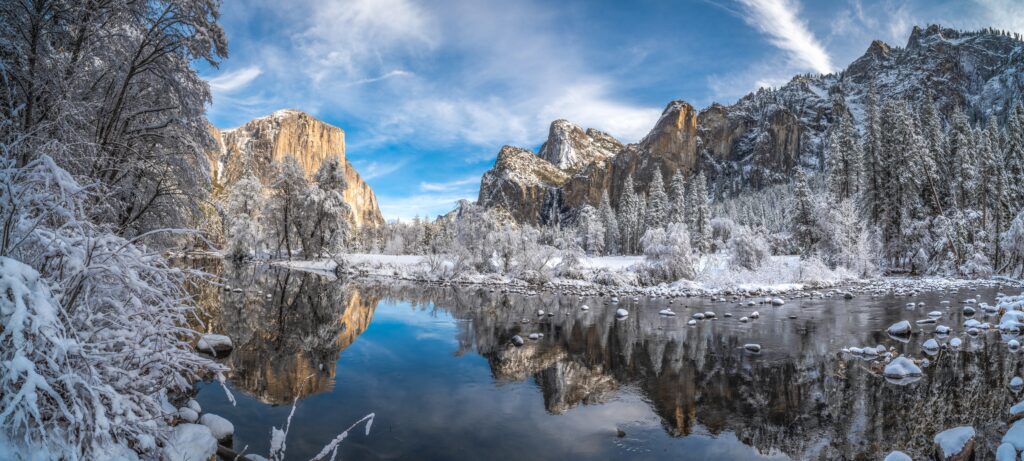Nestled in the heart of Senegal, Niokolo-Koba National Park is a UNESCO World Heritage site renowned for its rich biodiversity and stunning landscapes. Covering over 3,000 square kilometers, the park is a sanctuary for a myriad of flora and fauna, some of which are endemic to the region. Established in 1954, Niokolo-Koba not only serves as a crucial ecological haven but also plays an essential role in the cultural heritage of the Senegalese people. This blog post delves into the park’s history, biodiversity, conservation efforts, and the myriad of experiences awaiting visitors.
History and Significance
A Cultural Heritage
The name “Niokolo-Koba” translates to “the place of the Koba” in the local Malinke language. The Koba, or the West African manatee, is a significant part of the park’s ecosystem and cultural narrative. The region has been inhabited for centuries, with the local communities having deep-rooted connections to the land and its wildlife.
Establishment as a National Park
Niokolo-Koba was designated a national park in 1954 primarily to protect its unique ecosystem. Over the years, it has garnered international attention for its conservation efforts, especially in light of threats such as poaching and habitat loss. In 1981, it was inscribed as a UNESCO World Heritage site, recognizing its outstanding universal value and the urgent need for its protection.
Biodiversity in Niokolo-Koba
Flora
The park is home to an impressive variety of plant species, ranging from dense forests to savannahs. Dominant tree species include the baobab, shea, and various acacias. The lush vegetation supports a diverse ecosystem, providing shelter and food for numerous animal species.
Fauna
Niokolo-Koba is celebrated for its remarkable wildlife, including several endangered species:
Mammals: The park hosts over 80 mammal species, including the African elephant, lions, leopards, and various antelope species such as the bushbuck and the kob. The park is particularly known for its population of Western chimpanzees, which are increasingly threatened across Africa.
Birds: Birdwatchers will find over 330 bird species within the park, making it a paradise for avian enthusiasts. Notable species include the African fish eagle, secretary bird, and various migratory birds.
Reptiles and Amphibians: The park also supports a range of reptiles, including crocodiles and numerous snake species, along with a variety of amphibians that thrive in its diverse habitats.
Ecosystems
Niokolo-Koba features a mix of ecosystems, including dense forests, open savannahs, and wetlands. The Gambia River, which flows through the park, plays a crucial role in supporting these diverse habitats, making it a lifeline for both the flora and fauna.
Conservation Challenges
Poaching
One of the most significant threats to Niokolo-Koba’s wildlife is poaching, particularly for elephants and other large mammals. Despite conservation efforts, illegal hunting remains a critical challenge that affects population numbers and biodiversity.
Habitat Loss
Agricultural expansion and deforestation pose additional threats to the park’s ecosystem. As local communities seek to improve their livelihoods, the pressure on natural resources intensifies, leading to habitat degradation.
Climate Change
Climate change is also impacting Niokolo-Koba, with changing weather patterns affecting rainfall and temperatures. These changes can disrupt the delicate balance of ecosystems, threatening both plant and animal species.
Conservation Efforts
Efforts to conserve Niokolo-Koba National Park have been multifaceted, involving local communities, NGOs, and government agencies. Initiatives include:
Anti-Poaching Patrols: Increased surveillance and patrols are implemented to combat poaching and illegal wildlife trade. Training local rangers and community members has proven effective in protecting endangered species.
Community Engagement: Involving local communities in conservation efforts is essential. Education programs and sustainable development initiatives help align the interests of locals with the park’s preservation.
Research and Monitoring: Ongoing research and monitoring of species populations and habitats inform conservation strategies and help track the success of implemented measures.
Visiting Niokolo-Koba National Park
Best Time to Visit
The best time to explore Niokolo-Koba is during the dry season, from November to April. This period allows for easier wildlife viewing as animals congregate around water sources. The park’s diverse landscapes offer stunning vistas, making each visit unique.
Activities
Wildlife Safaris: Guided safaris provide an opportunity to witness the park’s wildlife up close. Experienced guides share insights about the ecosystem, ensuring a rich and informative experience.
Birdwatching: With its vast array of bird species, birdwatching is a popular activity. Enthusiasts can observe both resident and migratory birds throughout the year.
Hiking and Nature Walks: Trails within the park offer serene hiking experiences, allowing visitors to immerse themselves in the natural beauty of the landscape while spotting wildlife.
Cultural Experiences: Engaging with local communities provides a deeper understanding of the cultural significance of the park. Visitors can participate in cultural exchanges, learning about traditional practices and the relationship between locals and their environment.
Photography: The stunning landscapes, vibrant wildlife, and unique cultural elements make Niokolo-Koba a photographer’s paradise. Whether capturing the sunset over the savannah or the intricate details of wildlife, the opportunities for breathtaking shots are endless.
Accommodation
Visitors can find various accommodation options near the park, ranging from campsites to lodges. Staying within or near the park enhances the experience, allowing for early morning and late evening wildlife excursions.
Conclusion
Niokolo-Koba National Park is more than just a haven for biodiversity; it is a testament to the importance of conservation and the intricate relationships between humans and nature. As visitors explore its landscapes and wildlife, they contribute to the ongoing efforts to protect this extraordinary environment. By supporting local communities and participating in sustainable tourism, we can help ensure that Niokolo-Koba remains a vital sanctuary for generations to come.
Whether you are an avid wildlife enthusiast, a birdwatcher, or someone seeking to connect with nature, Niokolo-Koba offers an unforgettable experience that resonates with the heart and soul of Senegal’s natural heritage. So pack your bags, prepare your camera, and get ready to embark on a journey to this stunning national park that truly embodies the spirit of Africa’s wild landscapes.
